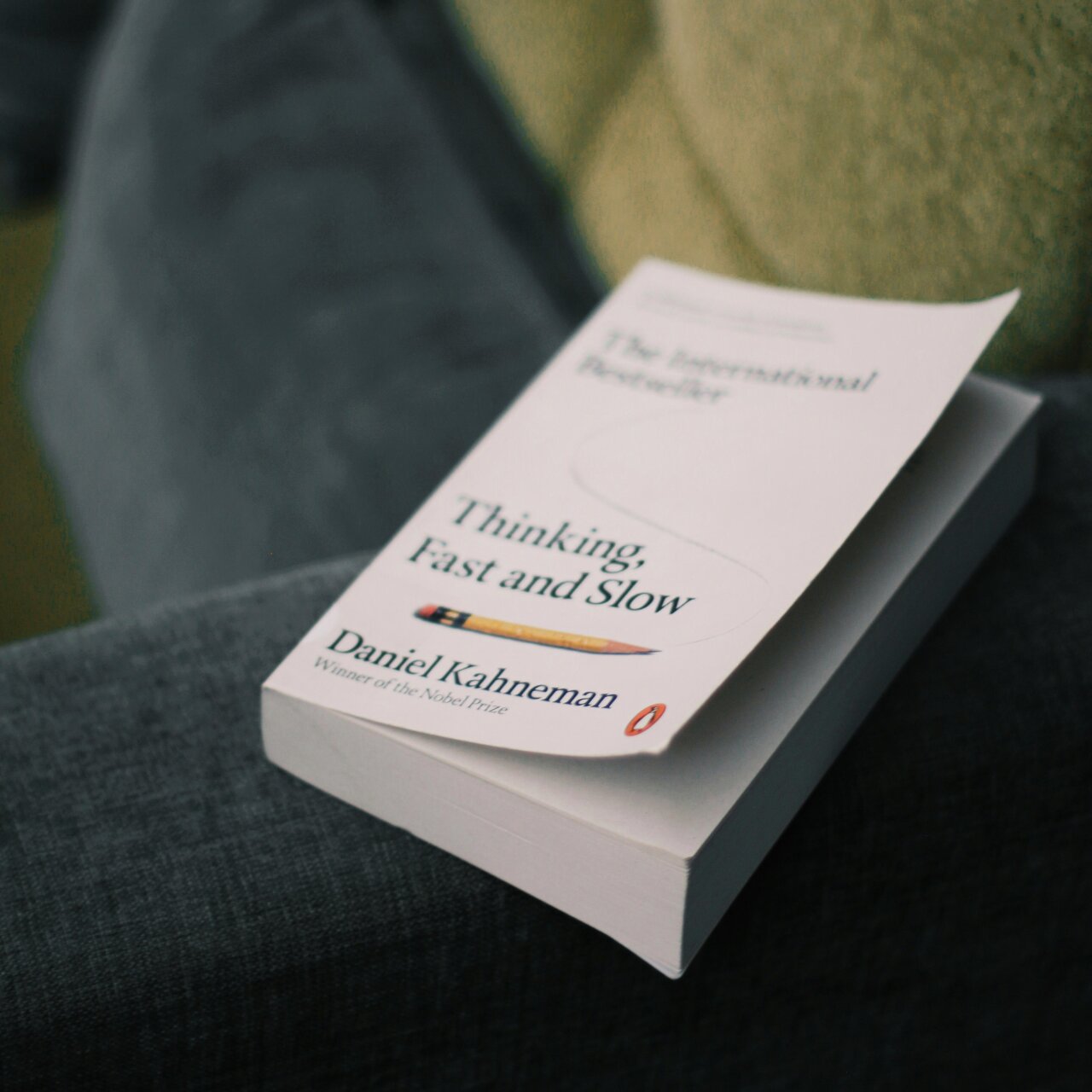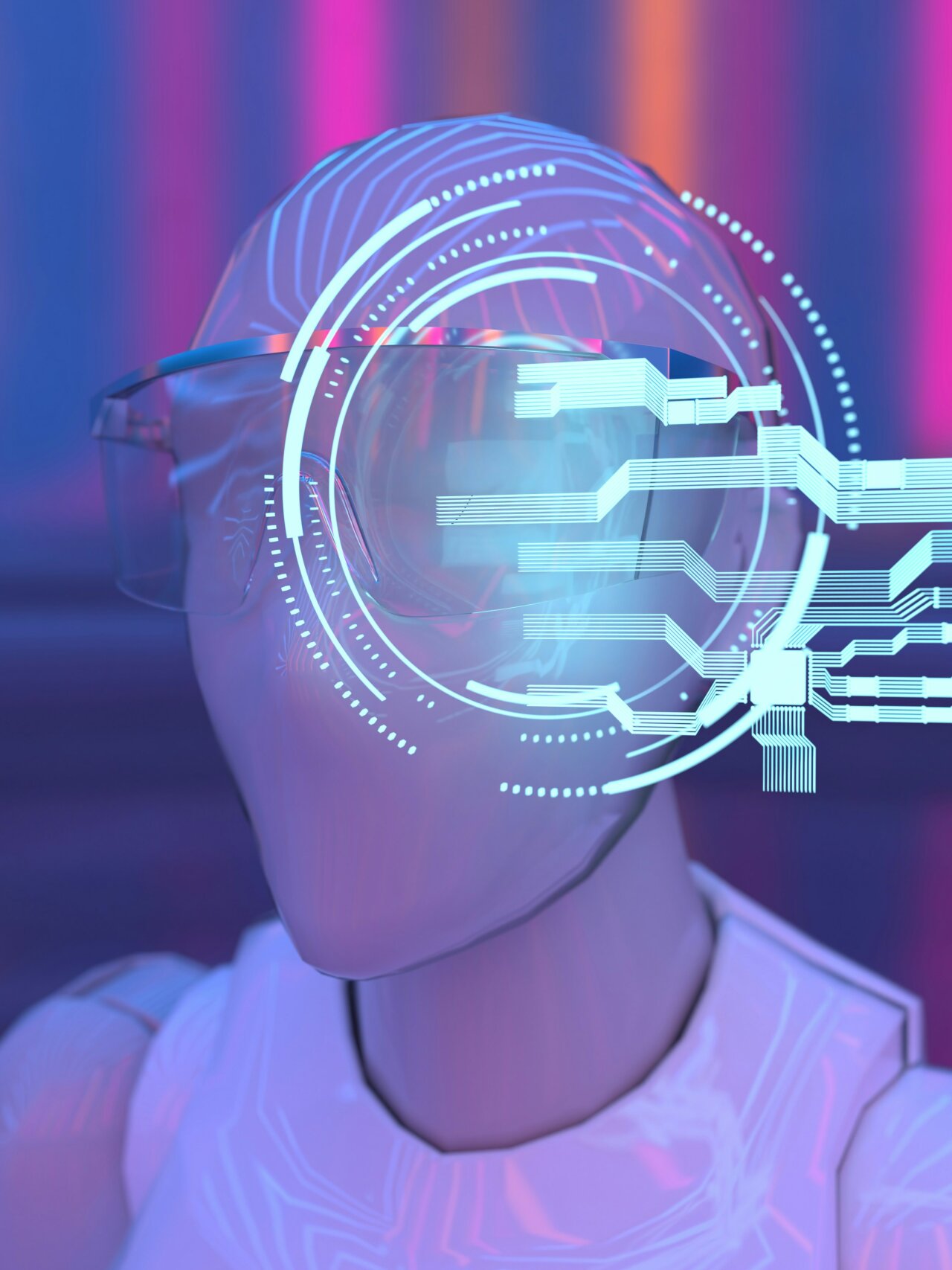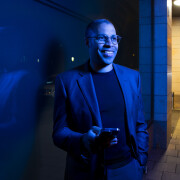How Daniel Kahneman decoded decision-making mechanisms
Daniel Kahneman succeeded like no one before him in decoding the mechanisms of human thought and behavior. With his work, the behavioral economist laid the rational Homo Oeconomicus to rest and opened up entirely new insights for communication and marketing.










